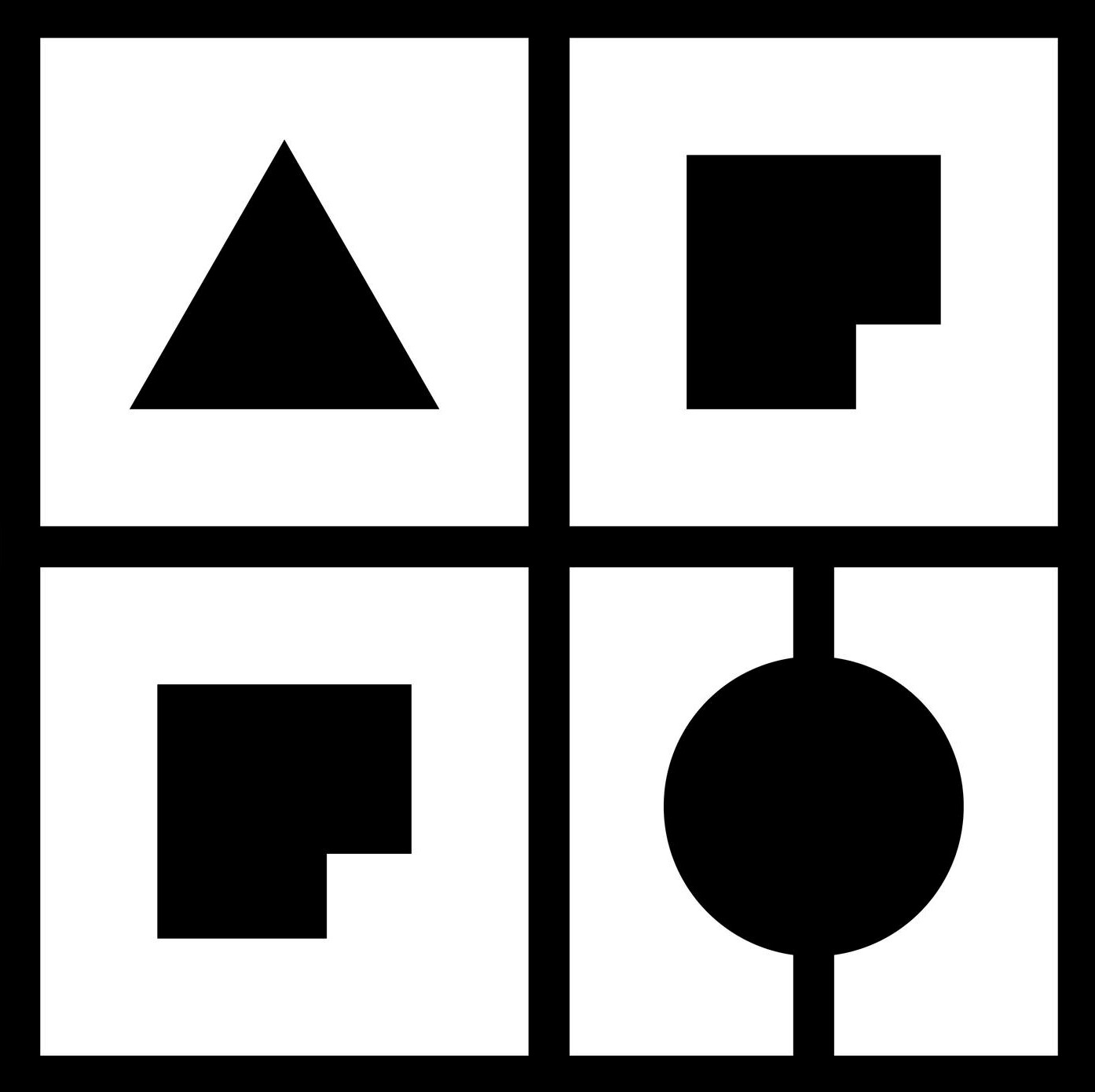OGK07BK2 - Structural Engineering 3
| Course specification | ||||
|---|---|---|---|---|
| Type of study | Bachelor academic studies | |||
| Study programme | ||||
| Course title | Structural Engineering 3 | |||
| Acronym | Status | Semester | Number of classes | ESPB |
| OGK07BK2 | mandatory | 8 | 2П + 2В | 5.0 |
| Lecturers | ||||
| Lecturer (for classes) | ||||
| Lecturer/Associate (for practice) | ||||
| Condition | Облик условљености | |||
| Prerequisite for course attending: Construction materials 2 (completed course) Prerequisite for taking the exam: Construction materials 2 (passed exam) | - | |||
| The goal | ||||
| Through the course Structural Engineering 3, the student acquires basic knowledge about reinforced concrete as a building material. Mechanical, physical and rheological properties of materials that make up reinforced concrete. Design procedures based on the Theory of Ultimate limmit states. | ||||
| The outcome | ||||
| Upon completion of the course, the student acquires the knowledge of designing cross-sections of reinforced concrete structural elements for different types of influences in the cross-section, in terms of determining the ultimate bearing capacity. During the course, the basic knowledge required for load analysis, static calculation and design of simple reinforced concrete structural assemblies is learned. The student is able to apply the acquired knowledge for the basic rules of construction of cross sections, in terms of rules for placing reinforcement in cross section and rules for placing reinforcement along the girder. | ||||
| Contents | ||||
| Basic physical, mechanical and rheological characteristics of hardened concrete. Types of concrete and their classes. Basic physical-mechanical and geometric characteristics of reinforcement. Types of reinforcement and their marks. Stress and strain phases to the assignment of RC beams. Load and action on structures. Safety factors for combined load effects. Design of elements: The concept of design, types of design, method of design (free, bound and determining the ultimate bearing capacity). Basics of element calculation: basic concept of boundary condition, safety concept, boundary conditions of cross-section strain. Centrically loaded line girders. Compressed elements without buckling. Tensioned elements. Clean bending, rectangular cross-sections, determination of ultimate bearing capacity. Eccentric bending, rectangular sections, free and bound design. Cross section calculation for boundary influences of transverse forces. Reinforcement plans of simple structural elements. | ||||
| Methods of teaching | ||||
| Lectures, auditory and practical exercises. The student independently creates a semester assignment with consultations. | ||||
| Literature | ||||
| ||||
| Облици провјере знања и оцјењивање | ||||
| During the semester, the student has the opportunity to take two tests that take 25 points each. If a student does not pass one of the test, he / she must take both integrally in terms of regular exam deadlines. | ||||
| Посебна назнака | ||||
| - | ||||
